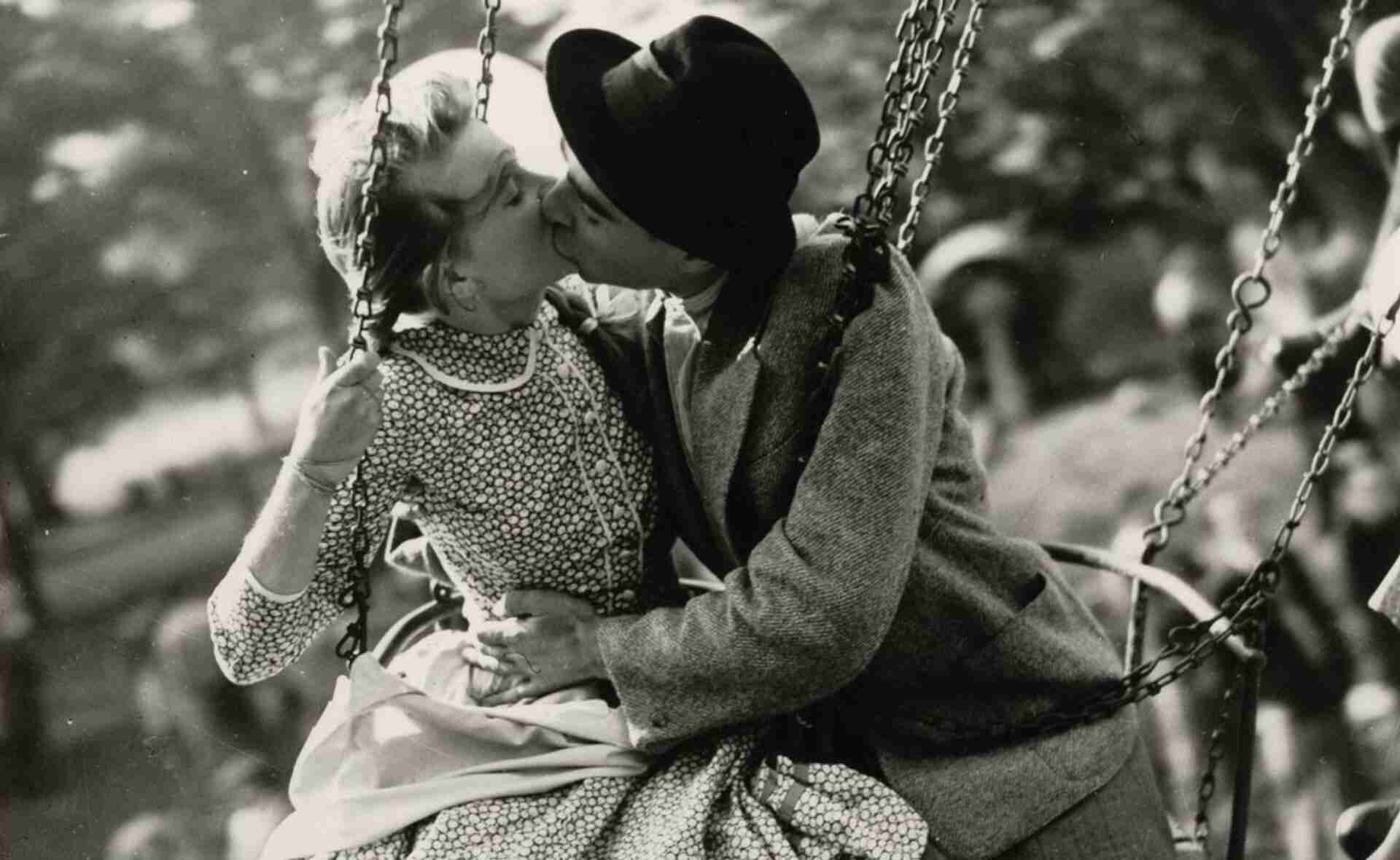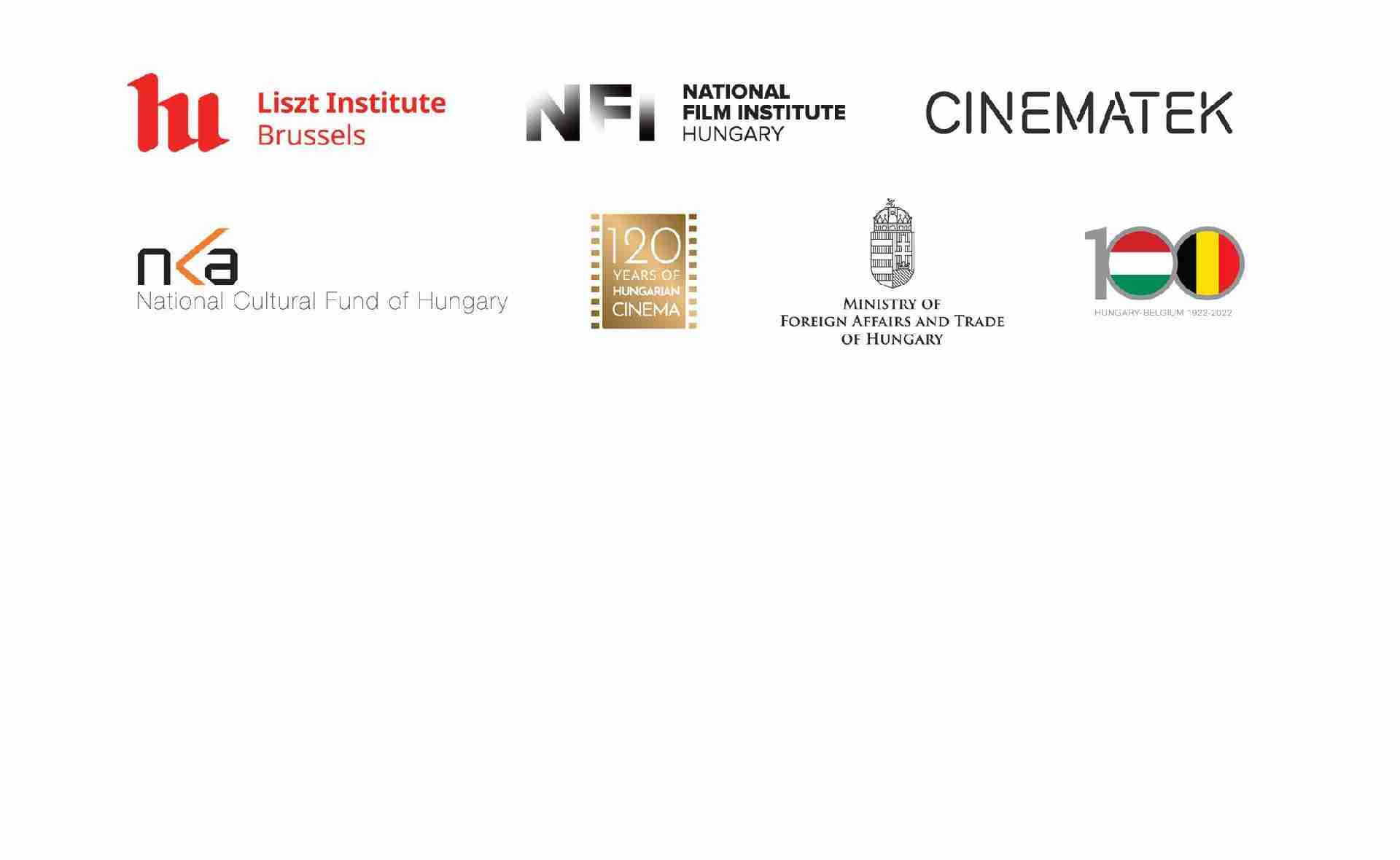The exhibition organized on the occasion of the anniversary aims to give a comprehensive picture of the past and present of the Hungarian film art and film industry, which constitutes an important part of our culture from the very first moment. It invites the visitor on a special journey that leads from the birth of the film, through the silent film era and the invention of sound film to the present day. The exhibit presents the masters of different periods and the great classics, but you can also get acquainted with the works that have been forgotten, however, are significant from the point of view of film history. The creative process, the production technology and the experience of watching movies are equally important parts of this world, so the exhibition provides space for these themes as well. It also gives an overview of the lives of Hungarian-born artists who have had an international career and who have also made their mark in international film industry.

The Dance, the first Hungarian film that already contained staged scenes, was screened at the Urania Scientific Theatre in Budapest on April 30, 1901. This date is considered to be the birthday of Hungarian film. 120 years have passed since then.
EXHIBITION
FILM FOCUS - They thought in unforgettable images
To mark this anniversary, the Hungarian National Film Institute is celebrating a year of commemoration with a selection of classics from the first 120 years of Hungarian cinema. The 11 films are by different authors, from different periods in the history of Hungarian cinema, but all represent a milestone. The films were fully restored as part of the National Film Institute's film restoration program, which began in 2017.
Unfortunately, only a few films from the silent film era have been preserved for posterity, out of which two exceptional films A tolonc (The Undesirable) and Az Aranyember (The Man of Gold), will be screened. What they have in common is that the directors of these two films left their native country to build a brilliant career abroad. While the director of the former is Mihály Kertész, who became world famous with Casablanca, The Man of Gold gives us an insight into the adventurous world of Sándor Korda, the young Sir Alexander Korda. The National Film Institute has launched the Hungarica International Cinematic Research Program to explore and preserve the Hungarian and Hungarian-related film heritage abroad.
Emberek a havason (People of the Mountains) was already made in the era of sound film and is internationally considered a pioneering work. This ballad, set in the mountains of Transylvania, won the "most artistic film" award at the Venice Film Festival in 1942 and was hailed as a precursor of Italian neo-realism. One of the highlights of the program is undoubtedly Zoltán Fábri's masterpiece, A Körhinta (Merry-Go-Round), which was made during the thaw following Stalin's death and is distinguished by its dramatic power and visuality. The captivating village story of Romeo and Juliet remains an important reference point in Hungarian culture, often evoked and revisited in later films.
The beautiful and poetic opening film of the Hungarian New Wave, Sodrásban (Current), made in 1963, also deals with young people searching for their own path. Through the stories of first-generation intellectuals, the film speaks of the relationship between town and country, tradition and modernity, growth and responsibility. In many ways, the life of Márta Mészáros is already breaking taboos. She was the first woman director and the first Hungarian to win the Golden Bear at the Berlin Film Festival in 1975 and the European Film Academy's Lifetime Achievement Award in 2021. Among her audacious films about the fate of women, Kilenc hónap (Nine months) is in the programme.
The relationship between history and individual destiny is a recurring theme in Hungarian films, treated in a different way by each filmmaker. Miklós Jancsó's legendary film Szegénylegények (The Round-Up) is set in the Hungarian desert and illustrates the workings of tyranny. Jancsó's unique cinematic language, the constantly moving camera, and the spectacle of wide-open spaces are almost hypnotic. Sándor Sára's A Feldobott kő (The Upthrown Stone) follows a boy preparing to become a film director, "thinking in pictures," and traces the period 1945-1956 in huge spectacular establishing shots. One of the most beautiful films in the history of Hungarian cinema is Szerelem (Love) by Károly Makk. In this story, two women, a wife and a mother, wait for their husband, a political prisoner, to return home. The world they create through their memories and imagination defies the harshness of the dictatorship and preserves a sense of hope. István Szabó's Mephisto, an unforgettable drama about the relationship between power and art, was the first Hungarian film to win the Oscar for Best Foreign Film. Moszkva tér (Moscow Square) is a personal story of regime change in Eastern Europe, which has become a cult film in Hungary.
The 11 unforgettable films screened as part of the anniversary celebration open a window on a rich history of cinema that still has much to discover.
In partnership with the Liszt Institute - Hungarian Cultural Centre in Brussels and the Hungarian National Film Institute.

